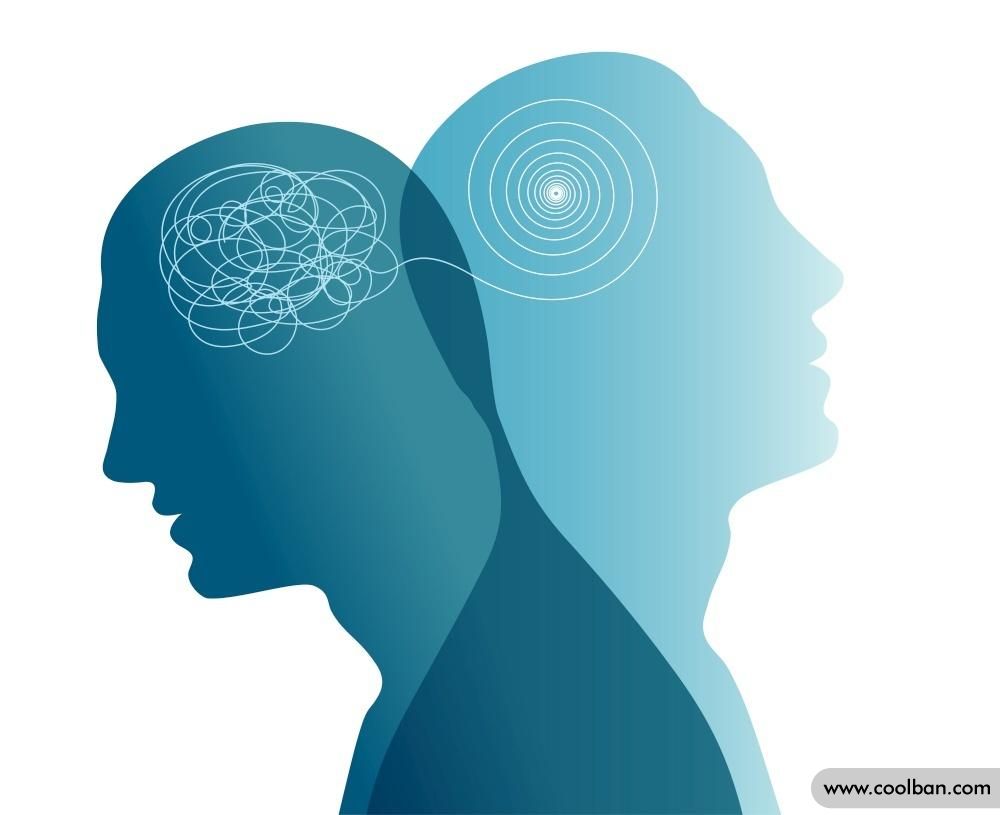What is bipolar disorder?
According to statistics, the current rate of suicide among patients with bipolar disorder is close to 15%, and the rate of suicide attempts is between 25% and 50%. In comparison, the worldwide suicide rate according to the World Health Organization is only 0.011 %, the difference between the two is nearly a thousand times - so what is so special about bipolar disorder with such a high suicide rate and what causes it?
What is bipolar disorder
Bipolar disorder is a constant transition between two moods (depression and mania), and in contrast to unipolar disorder, it's actually a back-and-forth swing between depression and mania. In the early stage of the disease, it was only mild depression, and the mood was relatively low, either frowning or sighing.
With the passage of time, coupled with the incompatibility of the working environment and the increase of pressure, the patient becomes more and more restless, often in a manic state, ranging from verbal collisions with people, to falling and smashing things, and gradually evolves into bipolar disorder.
Like depression, bipolar disorder is a common and frequently-occurring disease in psychiatry, and has the characteristics of high prevalence, high recurrence rate, high disability rate, and high co-morbidity rate.

Clinical symptoms of bipolar disorder
The clinical manifestations of bipolar disorder are manic episodes or alternating episodes of depression and mania. The patient's manic episodes are characterized by the "three highs" symptoms of elevated mood, rush of thinking and enhanced volitional behavior, which belong to psychomotor excitement.
1. Manic episode
(1) High mood : The patient is sometimes particularly easily provoked, loses his temper because of trivial matters, and has impulsive speech and behavior when the condition is serious.
(2) Thinking rush : The patient's thoughts are flexible, the speed of speech is obviously faster than usual, the volume is also higher than usual, and his mouth is often dry. When the condition is serious, he speaks without any scruples, speaks without words, and even reaches the level of delusion.
(3) Enhanced volitional behavior : The patient is busy all day, nosy, impulsive and reckless.
2. Alternating episodes of depression and mania The patient is hostile to relatives around him, and sometimes feels hopeless and depressed from the bottom of his heart, sometimes becomes manic and restless, and conflicts with relatives. Also wantonly destroyed bed sheets, quilts, curtains and other items...

The pathogenic factors of bipolar disorder
So, what are the factors that lead to the occurrence of this disease? A large number of research data show that genetic factors, psychosocial factors, biological factors, etc. have a very obvious impact on the occurrence of bipolar disorder, and the interaction between them will lead to the occurrence and development of the disease.
1. Genetic factors Families with inherited genes have a much higher prevalence than ordinary families.
2. Environmental factors With the deterioration of the surrounding environment, the patient gradually shows the expression of interpersonal tension, does not recognize himself, does not accept after being criticized, but has resentment.
3. Drug factors Some medications for depression can in turn increase the transition between the two conditions of bipolar disorder, such as taking an antidepressant during a depressive period may trigger a manic episode.
4. Climate factors Seasonal changes, such as winter to spring, summer to autumn, are all factors that trigger bipolar disorder.
Bipolar disorder is a highly disabling mental illness that must be treated promptly.
From the above introduction, we can know that the onset of bipolar disorder will seriously damage one's physical health, affect one's own cognitive level, and easily cause harm to relatives, thus leaving too many regrets. Therefore, we must do early detection, Early treatment, early prevention.
